Chikolongo Livelihood Project - Malawi
A water supply system is saving people and animals in Malawiwater is life: how one pump changed everything for a remote community
water is life: how one pump changed everything for a remote community
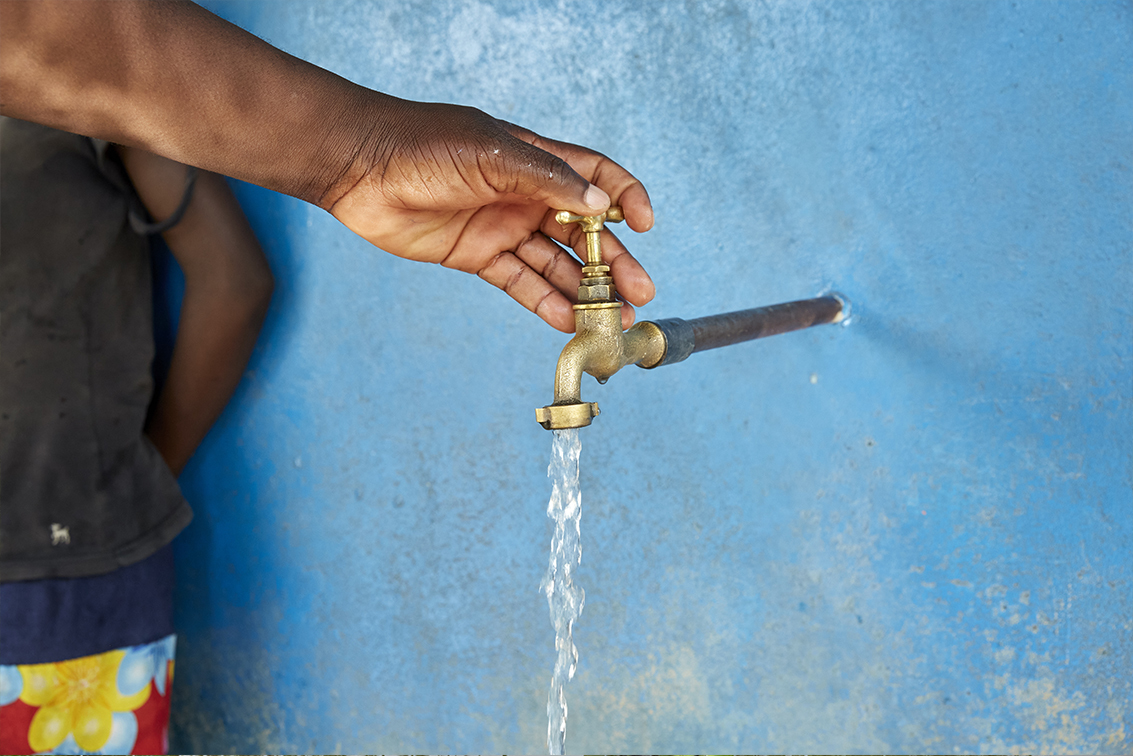
Written by Nick Schonfeld
Our boat slowly cruises past pods of snorting hippos and herds of feeding elephants, down the Shire River, Malawi’s main waterway and supposed part-inspiration for Frodo’s homeland in The Lord of the Rings—the other is the forest around Mount Mulanje, a couple of hours drive south.
Islands of bright-purple water hyacinth float next to us, on their long journey to where the Shire meets the great Zambezi River. For the next three days, this will be our commute. But we’re not here for the wildlife. We’re here for a pump house.
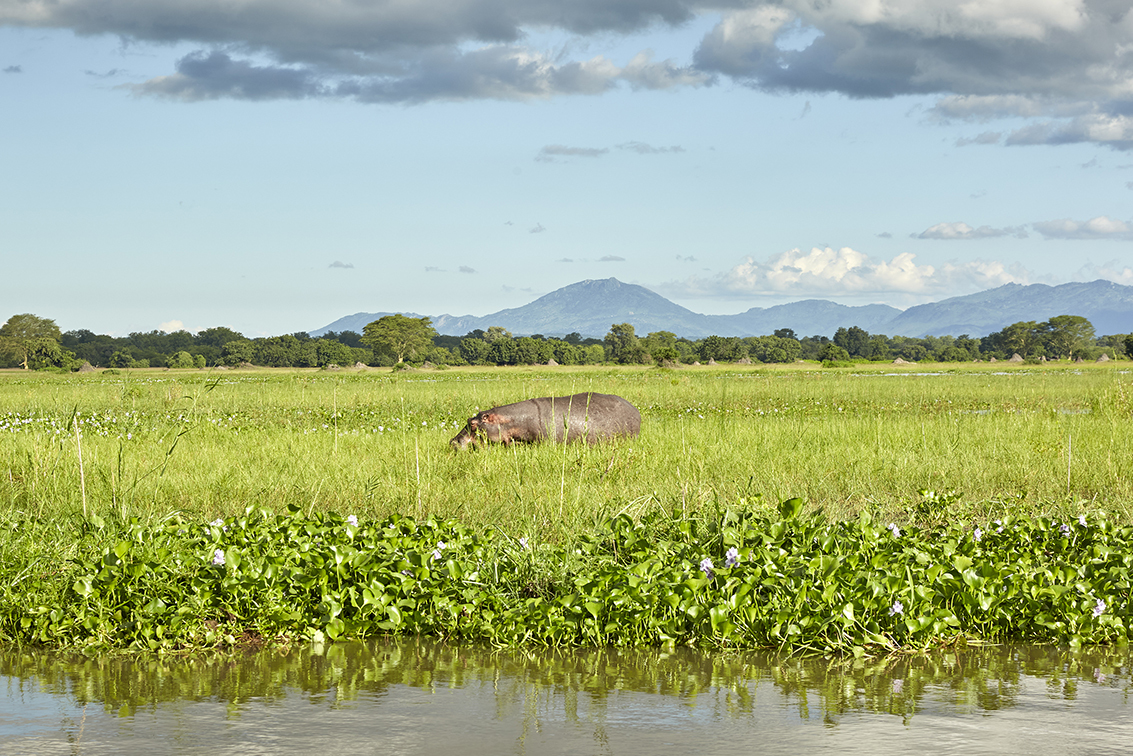
I would have missed the pump house if Emmanuel, our boat pilot and African Parks guide, hadn’t pointed it out: a small, unimposing structure the colour of burnt amber, half-hidden behind acacia and mopane trees that grow right up to the river’s edge. Next to the building and raised off the ground, stand the three large solar panels that power this vital piece of equipment. A backup diesel pump is hidden in another building farther inland, to be used in case of overcast days or a breakdown.
It’s only once you step onto the riverbank that you realise you’re now standing in a national park, and that the elephants, hippos and crocodiles you were admiring from a safe distance only moments ago, are now your neighbours. It’s an eerie feeling all too familiar to the community that photographer Julia Gunther and I have come here to visit.
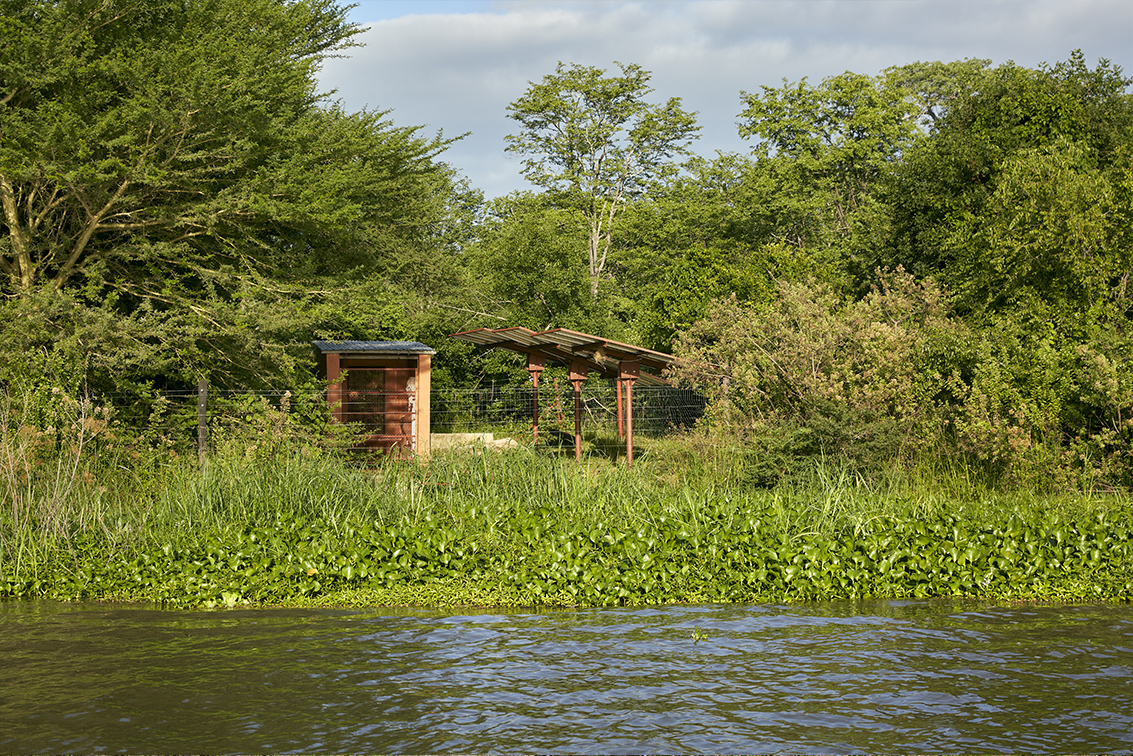
For generations, the Shire River was the only water source for the 13 villages that form the extended Chikolongo community, which lies on the western border of what is now Liwonde National Park in Malawi. The area was and still is remote, hot and hard to reach. There is little in the way of medical clinics, infrastructure or electricity. The people of Chikolongo had to fend for themselves at great cost to both their own lives and to the environment.
Men, women and children as young as eight would walk through the national park to the river’s edge to fetch water or bathe. Every journey risked injury or death. Caroline Chizwezwe, office assistant at the Chikolongo Livelihoods Project (CLP), described how she watched a friend get trampled by an elephant on her way to the river. Linly Chitseko, a part-time field worker, told me about a relative who was killed by a crocodile while bathing. There are plenty more stories like this.
Just how deadly the seemingly innocuous walk from Chikolongo to the river was, is illustrated by a sun-bleached piece of paper that hangs on the wall of the gatehouse, which is both the entry and exit to the park, as well the CLP’s headquarters. On it, barely legible, are printed the names of 21 people who died from animal attacks in the area in 2012 alone.
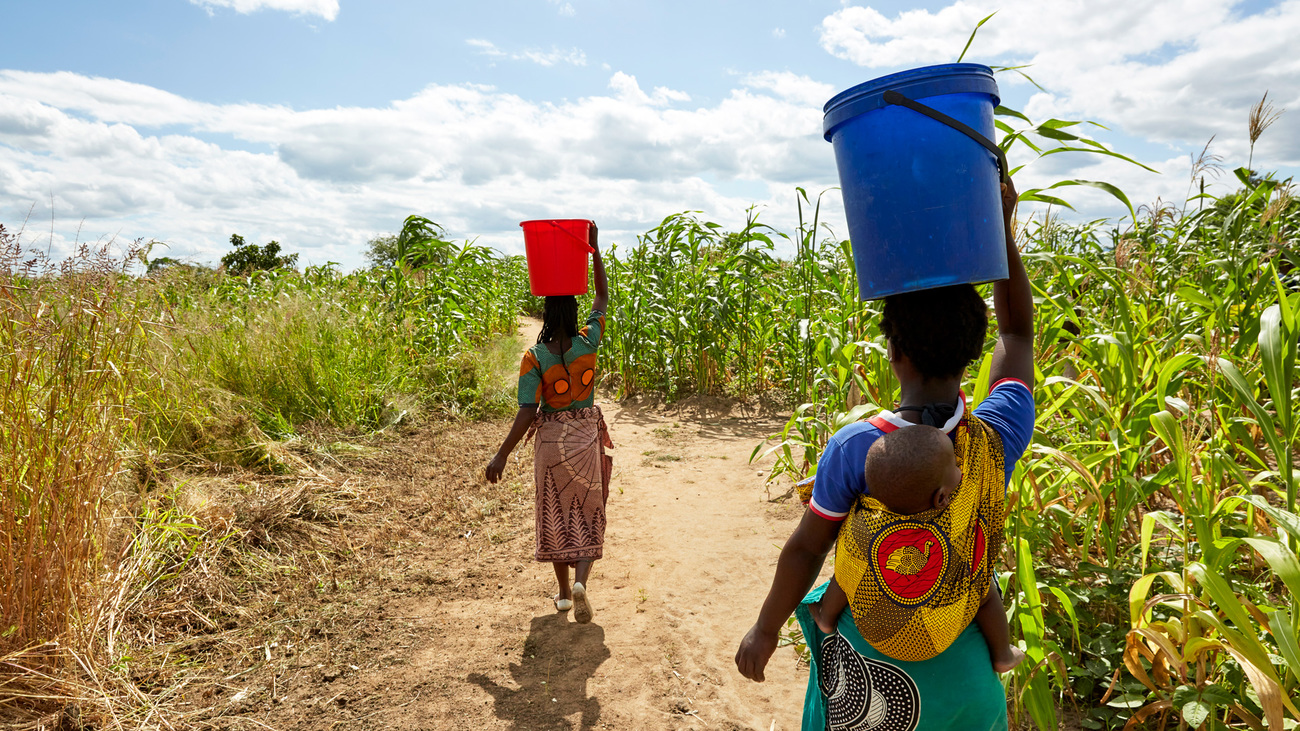
Not only did people lose their lives in search of water, but their crops weren’t safe either. Elephants, monkeys and other wildlife would raid community crops that were already suffering from low yields. Community members entered the national park to poach for bushmeat or get firewood. Before the CLP began in 2013, human-wildlife conflict was everywhere.
The CLP is a partnership between the Chikolongo community, IFAW and Imani Consultants. The project’s primary objective was to reduce the potential for human-wildlife conflict. The first steps were simple but highly effective. IFAW repaired and even rebuilt sections of a six-kilometre-long, electrified boundary fence between the community and Liwonde National Park, and installed the water pump on the river’s edge.
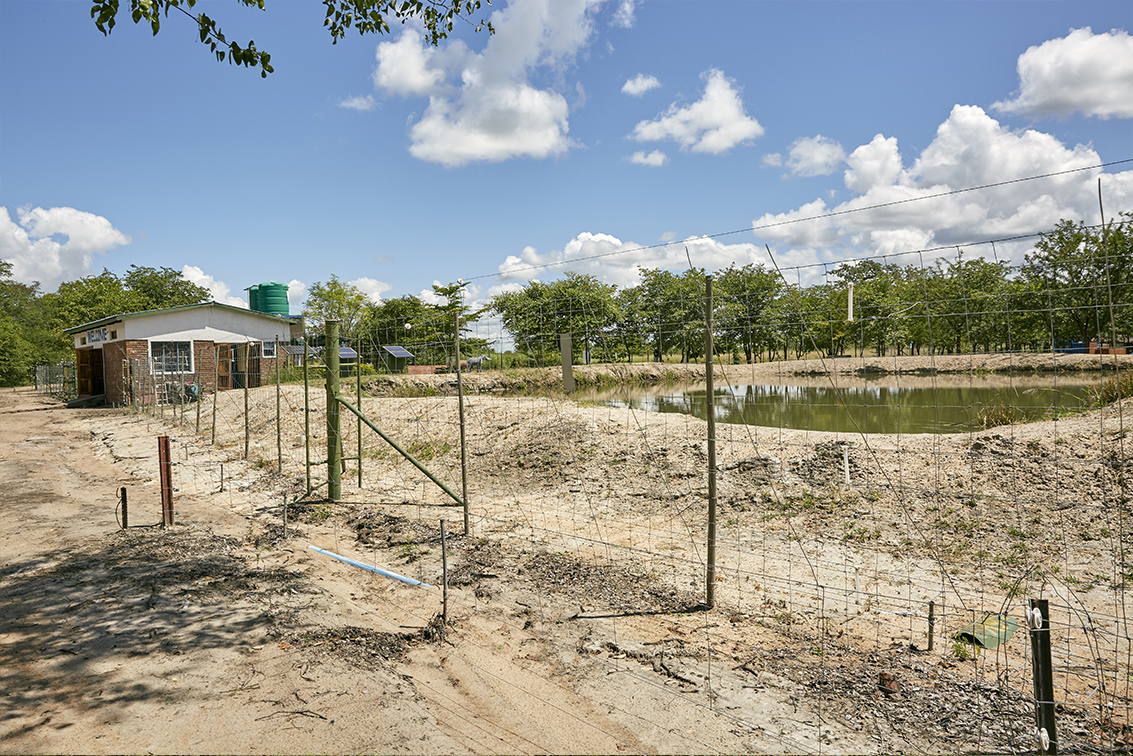
It takes just over eight minutes to follow Dias Chigalu, the CLP’s project supervisor, from the pump house to the park’s western boundary, covering the same route the water travels after it is pumped out of the river. Then, as suddenly as you entered it, you pass through a wooden door and you’re out of the park, standing in the middle of this remarkable project. To your right lie five fishponds and beyond that the 24 family plots belonging to the community. To your left are two massive water tanks that store pumped river water. Farther out are the project’s rice and maize fields. Two tap stations provide water to 1,420 people.

Mada Selenje, Imani Consulting’s community liaison and agricultural officer for the project, is our guide for the trip. No one knows this project better. He can spend half of each month at Chikolongo planting, weeding and harvesting alongside the community members themselves. His reasons for this are clear. When the workers tell him they’re tired, he is tired too; when their backs hurt, so does his. His “management style” has fostered the levels of trust needed to make a project like this work. The community listens to Mada because they know he understands them. They know he has their interests at heart.
Those interests have not changed since IFAW first began working in the region in 2008. The community wanted safe access to water, improved food security and a way to earn a living. The problem was they had no way of getting these things without risking their lives and damaging the environment.
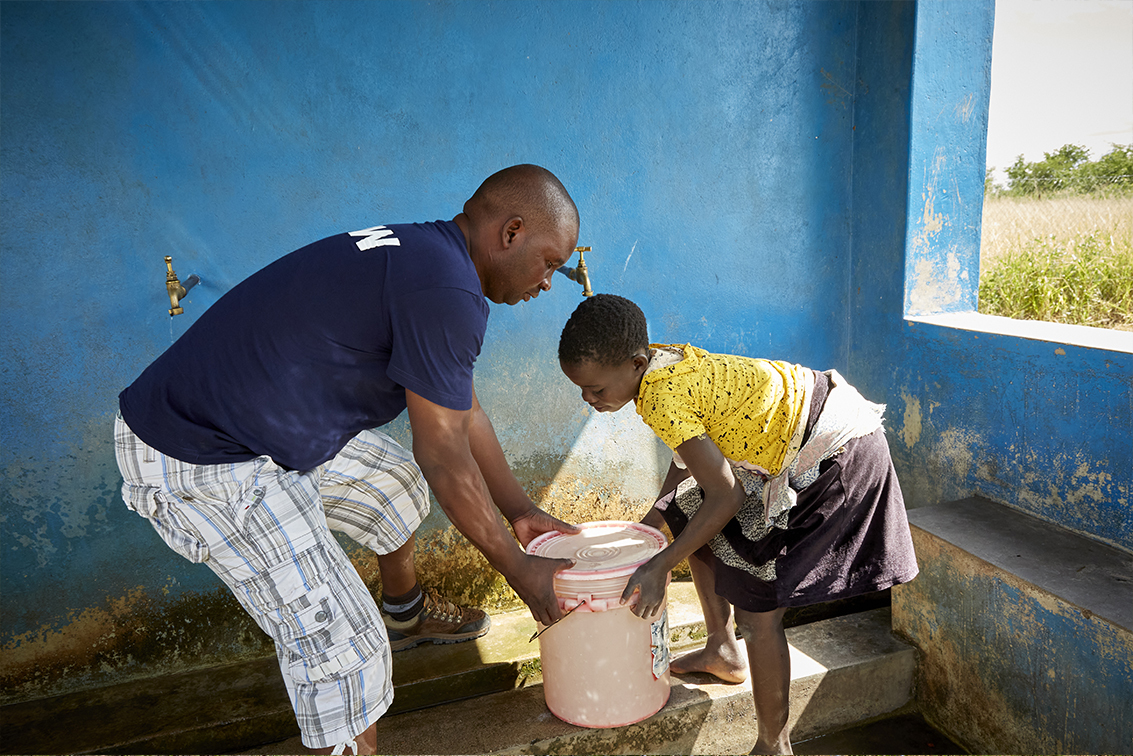
Once the pump became operational, things changed quickly. Life bloomed. The tanks and ponds were filled. Fields were irrigated and crops grew. Bringing water directly to the community removed the need for villagers to walk through the park to fetch it.
Building the electrified fence stopped animals from destroying villagers’ crops. People could grow vegetables, both to supplement their own diet, and to sell any surplus. They could sleep at night, instead of having to stay up to scare off elephants by lighting fires. The CLP employed community members who earned a wage that they could reinvest in livestock, fertiliser, a bicycle or better education for their children.
Since then, elephant populations in the park have flourished, to where Liwonde now helps stock other national parks with animals. Deaths from human-wildlife conflict have dropped from an average of three per month to no lives lost in seven years. Food production has improved, leading to a 71% increase of protein intake, meaning people are eating healthier. The irrigation system made possible by the solar water pump has doubled or even tripled maize and rice yields grown by the project and more than 60% of community members now earn an income from farm sales.
Perhaps most crucial of all, however, is the fact that the Chikolongo community now sees wildlife as a valuable asset that needs to be preserved, rather than as a threat or protein source. They have experienced the beneficial link between conservation and increased livelihood opportunities. Needless to say, the animals have also benefitted. The fence alone protects them from poaching and their habitat is no longer being stripped of trees.
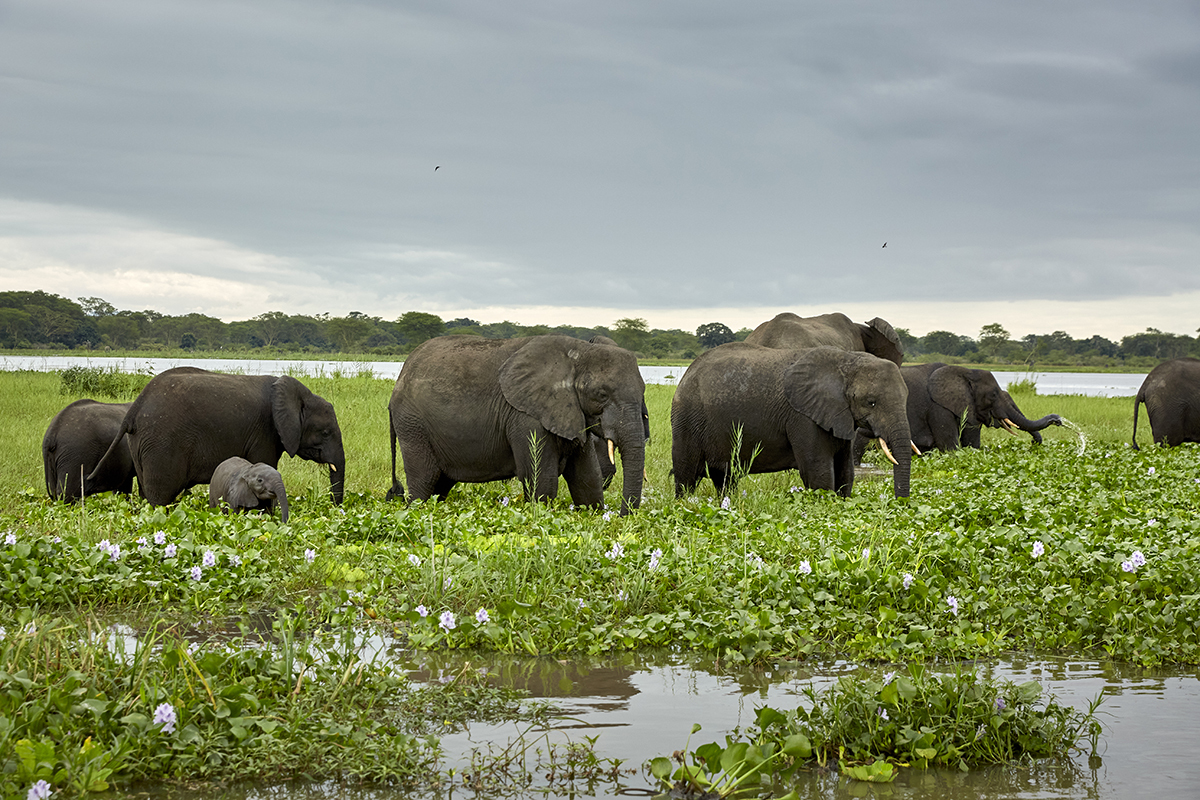
It’s not all plain sailing, however. Mada thinks the project is still a few years away from being completely self-reliant and he worries about funding. He spends a lot of his time working with the community and the organising committee that represents them, to encourage more collaboration. Which works most of the time, but not always. And, yes, monkeys still sneak into the maize fields from time to time.
The CLP’s success is creating new and unfamiliar challenges for IFAW and Imani Consulting. More and more villages are joining, putting pressure on the limited amount of water that can be pumped from the river. The organising committee has already introduced water slots—times when villagers can collect water from one of the tap stations or when farmers can water their fields. If the CLP wants to keep up with the demand, it will need to expand with more pumps and solar panels. But for now, Mada, his colleagues and IFAW want to take it slow; to make sure that what’s already here works, before thinking about growing the project any further.
Regardless, the Chikolongo Livelihoods Project has clearly shown that a participatory and inclusive approach to human-wildlife conflict, where the worries and needs of a community are addressed rather than ignored, and where organisations work to find solutions rather than just ‘lecture and leave’, is the future of conservation.
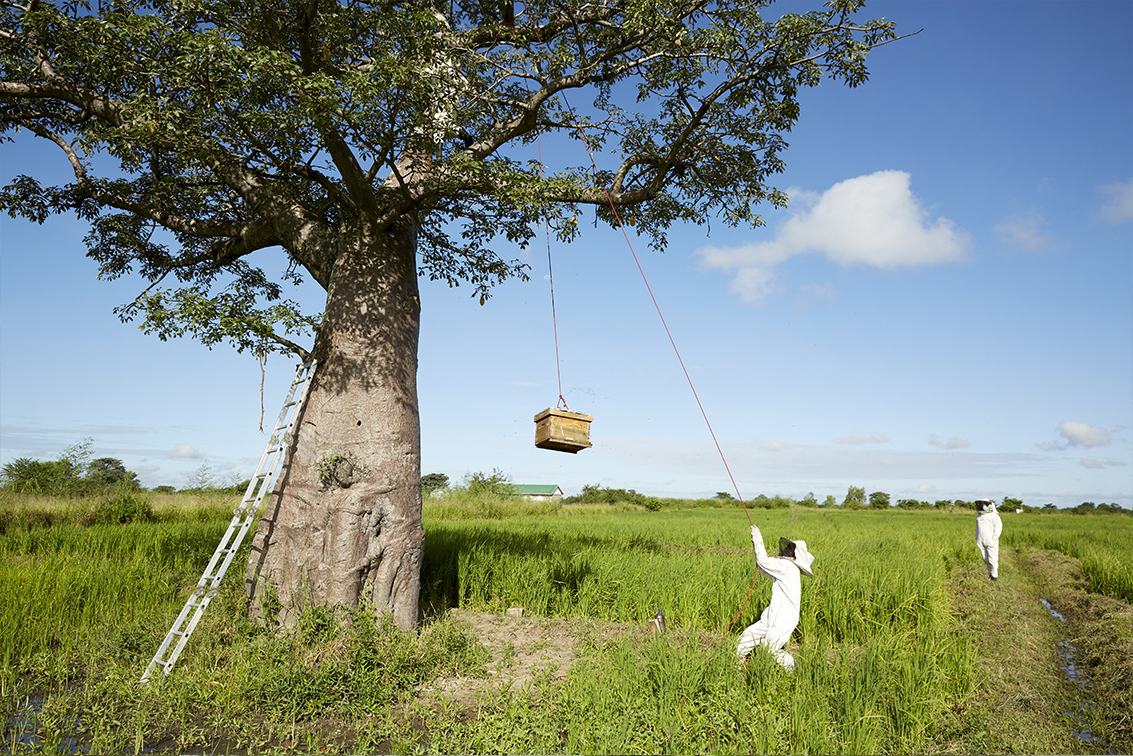
The CLP is very much owned by the community, as it should be. The community works the fields and tends to the ducks and geese. They feed and care for the tilapia in the fishponds. They tend to family plots and harvest honey from the hives. They know the very real benefits that this project has provided because it is their lives that have been radically altered. They know that now, for them as well as their wildlife neighbours, water can indeed be life.
Related content
Every problem has a solution, every solution needs support.
The problems we face are urgent, complicated, and resistant to change. Real solutions demand creativity, hard work and involvement from people like you.